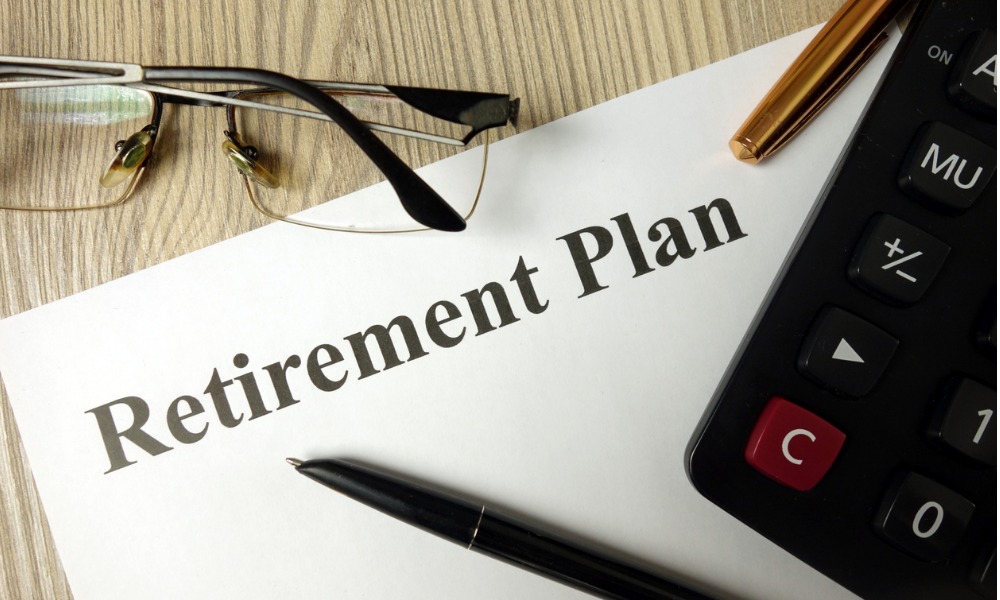The Best Time to Start Retirement Planning

When it comes to retirement planning, the sooner you start, the better. But how much should you save, and where should you put your money? This article will give you a retirement road map, so you can plan your route to a comfortable retirement.
When to start saving for retirement
When it comes to retirement planning, the sooner you start, the better. The earlier you begin saving, the more time your money has to grow. If you start saving late, you may have to save more money each month to catch up. You can use a retirement calculator to see how much you need to save each month to reach your retirement goals.
How much to save for retirement
The nest egg you need to retire comfortably depends on several factors, including how long you plan to stay retired, what percentage of your current income you want to maintain in retirement, and whether you have other sources of income (such as a pension).

A retirement calculator can give you a good estimate of how much you’ll need to have saved. You may need to save more than you think – the average retirement lasts 18 years, and one-third of Americans will live into their 90s.
To have a good chance of having enough money to last throughout retirement, you should aim to have 10 times your final salary saved by the time you retire. If you start saving early, you can take advantage of compounding interest and potentially retire with less than 10 times your salary.
If you’re not sure how much you can afford to save each month, start by contributing enough to take advantage of any employer match – if your company offers one. Then, increase your contributions as much as possible until you reach the maximum contribution limit for your chosen retirement savings plan.
Where to save for retirement
There are many different types of accounts that can be used to save for retirement, each with its own set of pros and cons. It can be difficult to decide which account is best for your individual needs. Here is an overview of some of the most popular retirement savings accounts, to help you make the best decision for your situation.
401(k)
A 401(k) is a retirement savings account offered by employers. Contributions are made pre-tax, which means they lower your taxable income for the year. The money in the account grows tax-deferred, meaning you don’t have to pay taxes on it until you withdraw it in retirement. 401(k)s also often come with employer matches, which can be a great way to boost your savings.
There are some downsides to 401(k)s, though. You may not be able to access your money until retirement, or you may incur a penalty if you withdraw it early. And if you leave your job, you may have to pay taxes and penalties on the money if you cash out your account instead of rolling it over into an IRA or new employer’s plan.
IRA
Individual Retirement Accounts (IRAs) are another option for retirement savings. There are two main types of IRAs: traditional and Roth. With a traditional IRA, contributions are made pre-tax and the money grows tax-deferred. With a Roth IRA, contributions are made after-tax, but withdrawals in retirement are tax-free.
One downside of IRAs is that they have contribution limits ($6,000 per year for 2019), so they may not be suitable for people who want to save more than that each year. Additionally, there may be penalties for withdrawing money from a traditional IRA before age 59½.
Pension
A pension is a retirement savings plan offered by an employer. Employees make contributions from their paychecks, and the employer often makes matching contributions. Pensions typically provide a guaranteed income stream in retirement, which can be especially valuable in today’s uncertain economic climate. However, pensions may not be as common as they once were, so not all workers will have this option available to them.
There are several things to consider when deciding where to save for retirement. Think about how much money you want to save each year and whether you want access to the funds before retirement age. Also, consider whether you want a guaranteed income stream in retirement or if you’re comfortable with investing in riskier assets like stocks and bonds. Consider all your options and speak with a financial advisor to find the best solution for your needs.
What to do if you’re behind on retirement savings
If you’re behind on your retirement savings, there are a few things you can do to catch up. You can increase your savings rate, save money in a Roth IRA, start a side hustle, or delay Social Security benefits. All of these options can help you boost your retirement savings and reach your goals.
One option is to increase your savings rate. If you’re not saving as much as you’d like to each month, try increasing your savings rate by a small amount each month until you reach your desired level of savings. Another option is to save money in a Roth IRA. A Roth IRA allows you to withdraw your money tax-free in retirement, which can help you stretch your retirement savings further.
If you’re looking for ways to boost your retirement income, consider starting a side hustle. A side hustle is a great way to make extra money to put towards retirement. And finally, another option is to delay Social Security benefits. By delaying benefits, you’ll receive a larger monthly benefit in retirement.
All of these options can help you catch up on your retirement savings if you’re behind. Decide which option makes the most sense for you and take action today to start boosting your retirement savings.

How to plan for retirement
When you’re ready to start Retirement Planning, there are a few key things you need to do. First, you need to start contributing to a 401k or IRA. The sooner you start, the better – time is one of the biggest factors in building a successful retirement fund. Second, you need to start saving as much money as possible. Every little bit helps, and the more you can save now, the less you’ll have to worry about later. Third, you should create a retirement budget. This will help you figure out how much money you’ll need to have saved in order to cover your costs during retirement. Finally, you should consider working part-time during retirement. This can help supplement your income and give you something to do during your retirement years.
In conclusion, the best time to start saving for retirement and Retirement Planning is as soon as possible. The sooner you start, the more time your money has to grow. If you start saving late, you may have to save more money each month to catch up. A retirement calculator can give you a good estimate of how much you’ll need to have saved by the time you retire – which may be more than you think. The average retirement lasts 18 years, and one-third of Americans will live into their 90s.
To have a good chance of having enough money to last throughout retirement, you should aim to have 10 times your final salary saved by the time you retire. However, if you start saving early, you can take advantage of compounding interest and potentially retire with less than 10
times your salary.
There are a few different types of accounts that you can use to save for retirement. Three main types are 401(k)s, IRAs, and pensions. Each has its own set of pros and cons that should be considered when deciding which account is best for you – such as how much you want to save each year and whether or not you need access to the funds before retirement age.
If you’re behind on your retirement savings, there are a few things you can do to catch up. You can increase your savings rate, save money in a Roth IRA, start a side hustle, or delay Social Security benefits. All of these options can help you boost your retirement savings and reach your goals.
Saving for retirement is important, but it can be daunting. By starting early and being mindful of your account choices and saving goals, you can set yourself up for a comfortable retirement.


























































































































































































































































































































































































































































































































































































































































![Fixing [pii_email_aa0fea1a78a192ae7d0f] Microsoft Outlook Error](https://www.huffenpost.com/wp-content/uploads/2023/03/What-Causes-the.jpg)
![Fixing [pii_email_aa0fea1a78a192ae7d0f] Microsoft Outlook Error](https://www.huffenpost.com/wp-content/uploads/2023/03/How-to-fix-the-1-1024x1024.webp)
![Quick fixes for the [pii_email_dbd9dd084703ead3b9cf] Mail Error](https://www.huffenpost.com/wp-content/uploads/2023/03/How-to-Avoid-pii_email_b6b14f95f44a83737071-Outlook-Error-1024x576.jpg)
![How to fix the [pii_email_bbf95bff57a974a71da8] in Microsoft Outlook?](https://www.huffenpost.com/wp-content/uploads/2023/03/How-To-Solve-The-pii_email_9e750e335dfd9d75badb-Outlook-Error.webp)
![How to solve the [pii_email_b6b14f95f44a83737071] Outlook Error](https://www.huffenpost.com/wp-content/uploads/2023/03/How-to-Avoid-pii_email_b6b14f95f44a83737071-Outlook-Error.png)
![Ways to fix the "[pii_email_1fb861393abed78ab415] Error](https://www.huffenpost.com/wp-content/uploads/2023/03/pii_pn_56e685559f213991c933-Error-Causes-and-Solutions2.jpg)
![How to Fix the [pii_email_e2f55b4aa7bb667da6d9] Error](https://www.huffenpost.com/wp-content/uploads/2023/03/How-to-fix-the.webp)
![What Everyone Should Know About [pii_email_59ea919492dfc2762030]](https://www.huffenpost.com/wp-content/uploads/2023/03/pii_email_aa0fea1a78a192ae7d0f-Email-Error-and-Its-Solutions-1024x683.jpg)
![How to Fix the [pii_pn_5359771d15a46e7b88bf] Outlook Email Error](https://www.huffenpost.com/wp-content/uploads/2023/03/pii_email_57a4a2f20ec6813a8481-SMTP-Error-Solution-2.jpg)

























































































